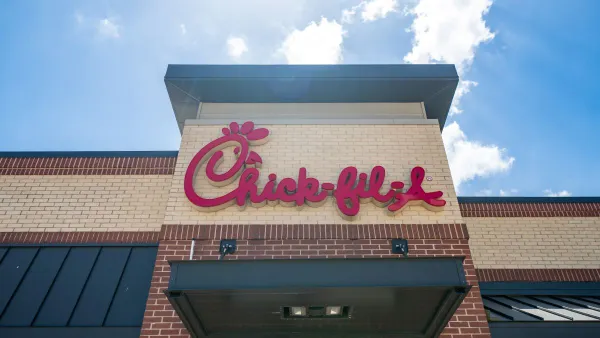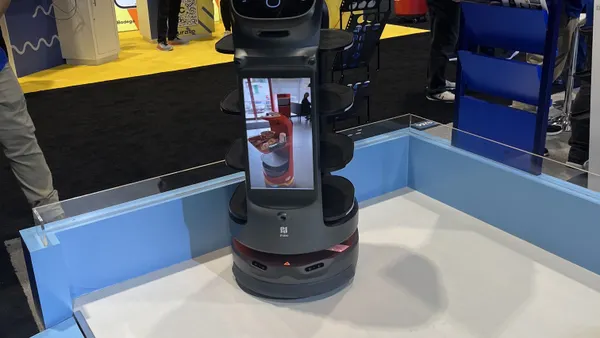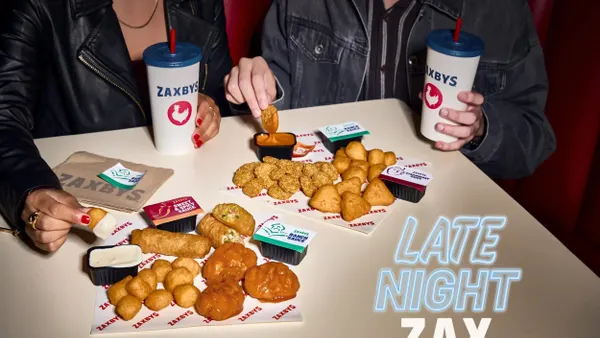Dive Brief:
- Yum Brands appointed Chris Turner as CEO, effective Oct. 1, succeeding David Gibbs, the restaurant giant announced Tuesday. Turner has served as CFO since 2019 and added the role of chief franchise officer in 2024.
- Gibbs announced in March that he intended to retire by 2026. He will continue with Yum in an advisory capacity until the end of next year to ensure continuity during the transition.
- Turner’s close work with Gibbs and relatively long tenure in the company’s C-suite likely indicate that Yum’s board plans to maintain the core growth strategies of the Gibbs era, which saw Yum’s international divisions grow significantly and Taco Bell emerge as a major success story in the U.S.
Dive Insight:
Yum’s core strategies include a major focus on technology: digital sales hit $30 billion in 2024 and accounted for more than half of Yum’s sales last year, per the press release.
All those digital transactions have produced a huge wealth of consumer data, which has helped power the company’s menu innovation efforts and its shift toward an integrated tech platform, Byte by Yum. The company is also working with Nvidia, an artificial intelligence technology developer, to develop and deploy AI tech for Yum’s restaurants.
As CFO, Turner has been instrumental in propelling those initiatives, according to the press release, and also played a leading role in “launching a centralized, global Supply Chain Center of Excellence; and the creation of Saucy by KFC.”
Yum’s other major successes under Gibbs include an acceleration of net unit growth, which tripled since Gibbs’ accession to CEO, bringing the conglomerate’s system to nearly 61,000 units worldwide. As chief franchise officer, Turner has experience directing the development strategies for Yum’s concepts across a variety of markets.
Yum’s growth in recent years has been driven mostly by the success of Taco Bell in the U.S. and international development for KFC, according to its most recent earnings call. Taco Bell’s menu innovation focused on value offers and premium proteins. This strategy, plus the chain’s strong marketing, has allowed the brand to set ambitious targets: a $3 million average unit volume in the U.S. and a tripling of its international storecount by 2030.
But Yum is struggling with some brands in select markets. KFC U.S. and Pizza Hut U.S. have both found it challenging to generate same-store sales momentum. KFC’s sales in its home market have fallen behind competitors like Wingstop and Raising Cane’s, and its customer satisfaction dropped last year, as well. Pizza Hut’s sales problems ultimately pushed EYM, a major franchisee, to sue the brand for allegedly failing to modernize. EYM later filed for Chapter 11 bankruptcy protections.
Yum, under Gibbs, has taken steps to rectify those issues. Pizza Hut is in the process of testing a new U.S. store design. KFC’s Saucy concept is taking a page from the Taco Bell Cantina playbook by using a premium spinoff concept as a testing ground for new drinks, brand evolutions and menu items.
Perhaps the biggest advantage Yum has in its new CEO is that he is not particularly new at all. Other major restaurant chains have seen sudden CEO changes in the last year. Brian Niccol left Chipotle to lead Starbucks, for example, resulting in a sudden shift in leadership at both brands. While Scott Boatwright has maintained Niccol’s strategies at Chipotle, the brand still suffered a surprisingly weak Q1 driven by economic uncertainty, and Starbucks has yet to resume same-store sales growth.















